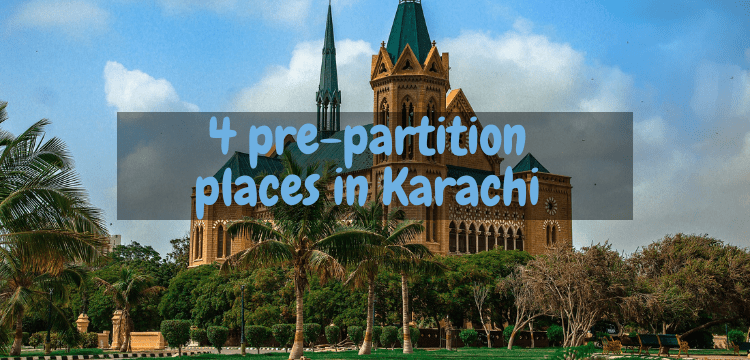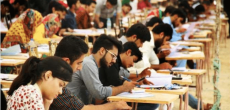[vc_row][vc_column][vc_column_text dp_text_size=”size-4″]Karachi has always been known as Pakistan’s industrial hub, but there is more to the city than its grey side. There are many landmarks in Karachi that were built during the British colonisation of Pakistan. Some of these locations are excellent examples of architecture that vividly depict the British era. Some of these monuments were not maintained as well as they should have been over time, but some of them are still in relatively good condition when compared to most of the buildings from that era. Here is a list of monuments that we have curated for you and are accessible to the general public.
St. Patrick’s Cathedral
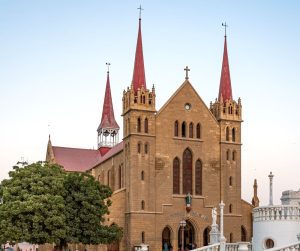
This cathedral, located in Saddar Karachi, is a work of art in terms of architecture. The architecture is clearly British, and the large open area surrounding the church gives a sense of serenity. This is the first church that was built on the grounds of the cathedral in 1845 and still stands today. It is one of Pakistan’s largest cathedrals, seating over 5000 people.
Sind Club
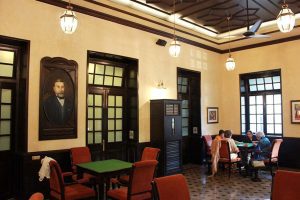
The Sind Club, which is only open to members, was founded in Karachi in 1876. Initially, it was only for men, and women were only permitted to visit the club once every two months at the annual dinner, but this was later expanded to include both men and women. The club’s best features are the women’s dining hall and bar, which are designed in a European style.
Mohatta Palace
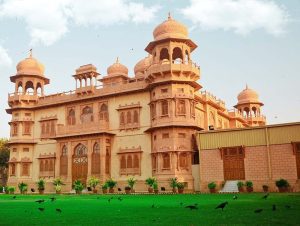
The only monument in Karachi that has been kept in the best condition possible. Mohatta Palace is located in Clifton, one of Karachi’s most affluent neighbourhoods. It was built in 1927 as a gift for his wife by a Hindu businessman but had to be abandoned after the partition in 1947. The design of the building is inspired by Indian architecture, as evidenced by the style of its domes. Fatimah Jinnah was the last person to live in Mohatta Palace.
Frere Hall
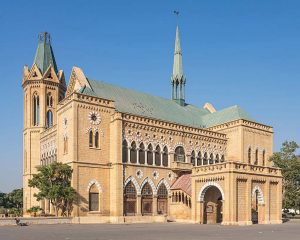
This was built in 1865 and was intended to serve as the townhall but later became a public park, library and an exhibition space. This is located at one of the central most localities in Karachi neighboring to civil lines. Its architectural style is one of its kind and is a mixture of both local and European blend. The best part about frere hall is that it never closes and can be visited at any time of the day.
[/vc_column_text][/vc_column][/vc_row]

